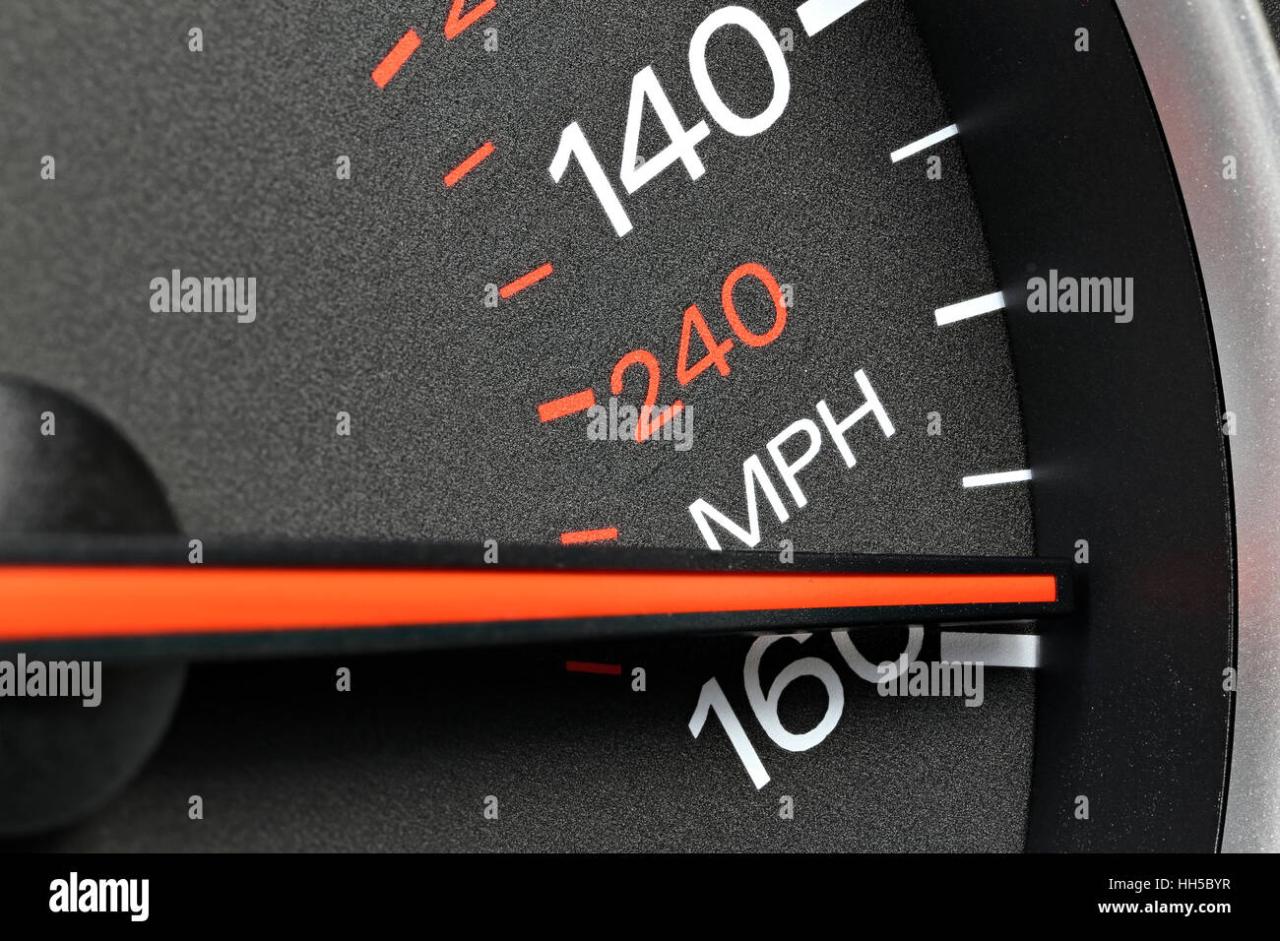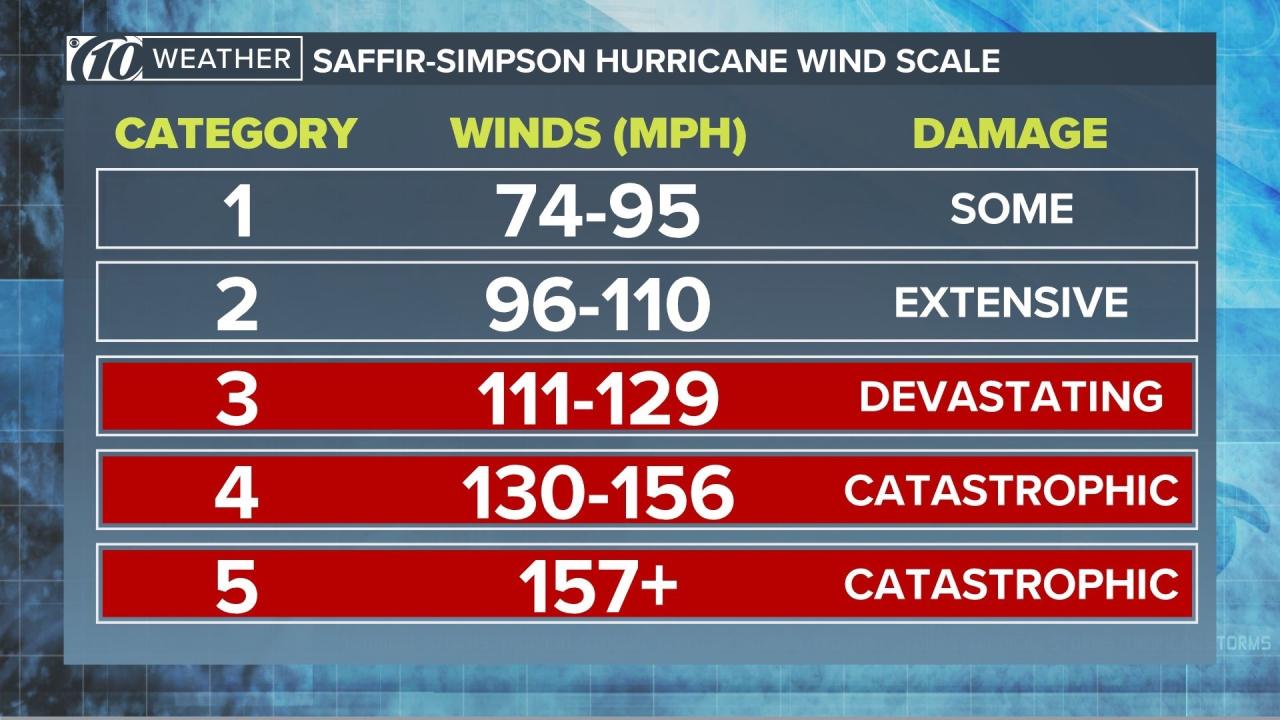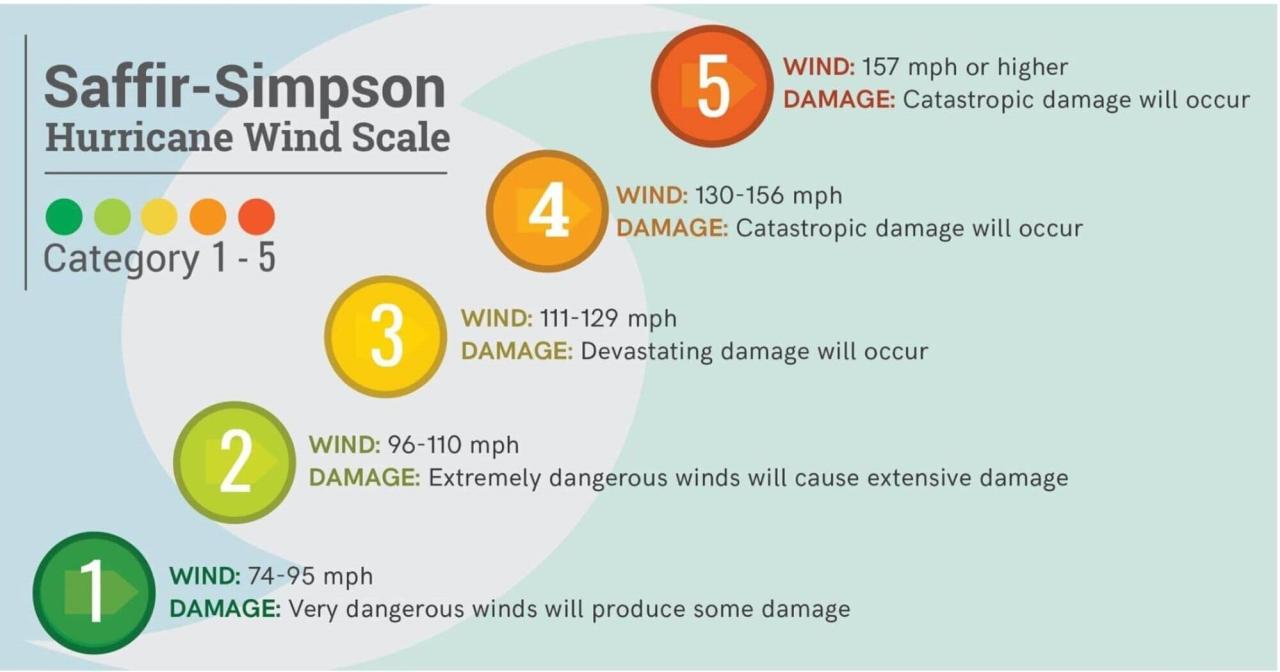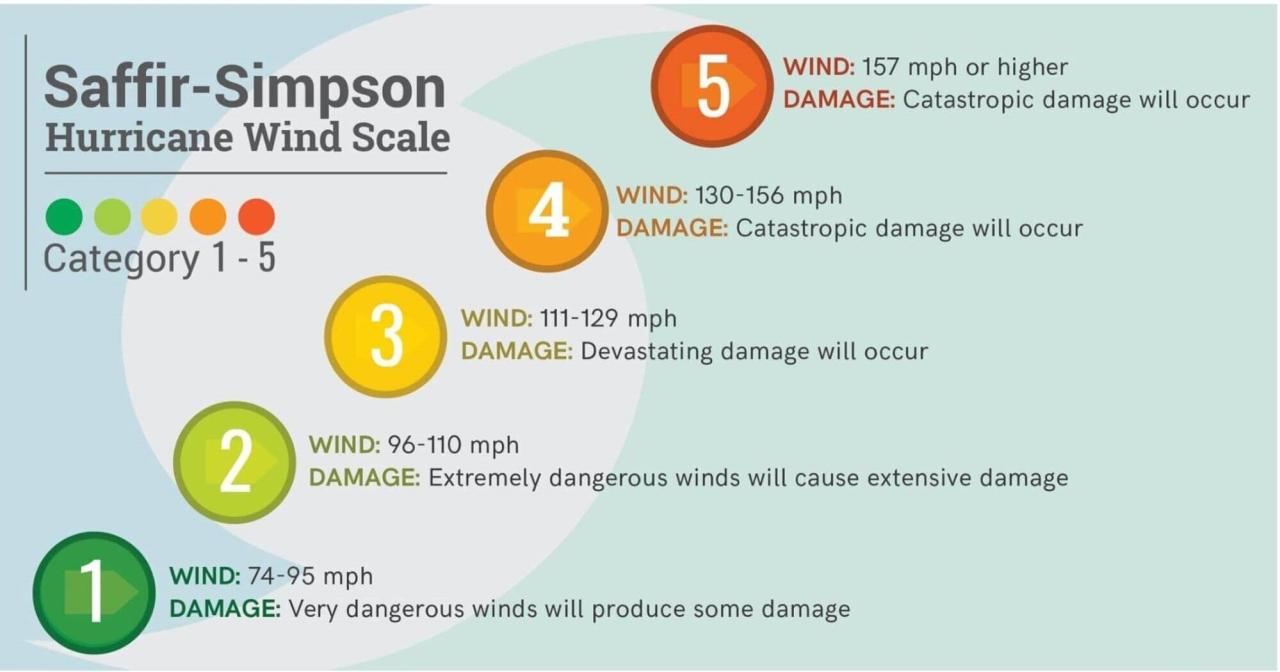With Cat 4 hurricane wind speed reaching a staggering 130-156 mph, the potential for catastrophic damage is undeniable. This guide delves into the devastating impacts, essential safety measures, and crucial preparedness strategies for these formidable storms.
Unveiling the Saffir-Simpson Hurricane Wind Scale, we explore the classification system that categorizes hurricanes based on their wind speeds. From the destructive force of Category 4 winds to the potential for catastrophic damage, we delve into the implications of these storms on infrastructure, communities, and lives.
Hurricane Wind Speed Classification: Cat 4 Hurricane Wind Speed

Hurricanes are classified into five categories based on their maximum sustained wind speeds, according to the Saffir-Simpson Hurricane Wind Scale. This scale helps provide an estimate of potential property damage and flooding hazards.
The Saffir-Simpson Hurricane Wind Scale was developed by Herbert Saffir and Robert Simpson in the 1970s. It is a 1-to-5 rating based on a hurricane’s maximum sustained wind speed. The scale provides estimates of potential property damage and flooding hazards.
Category 4 Hurricane Wind Speeds, Cat 4 hurricane wind speed
Category 4 hurricanes have maximum sustained wind speeds between 130 and 156 mph (209 and 251 km/h). These hurricanes can cause extensive damage to well-built framed homes, with total roof failure and wall collapse. Mobile homes will be destroyed. Power outages will occur, and power restoration could take weeks to months.
Category 4 hurricanes can also produce storm surges of up to 15 feet (4.6 meters) above normal tide levels, causing severe flooding in coastal areas.
| Category | Maximum Sustained Wind Speed (mph) |
|---|---|
| 1 | 74-95 |
| 2 | 96-110 |
| 3 | 111-129 |
| 4 | 130-156 |
| 5 | 157+ |
Impacts of Category 4 Hurricane Winds
Category 4 hurricanes bring devastating winds that can cause catastrophic damage to structures, infrastructure, and communities. These winds can reach speeds of 130-156 mph, creating immense force that can topple trees, rip off roofs, and shatter windows.
Structural Damage
Category 4 hurricane winds can cause significant structural damage to buildings. Homes and businesses can be severely damaged or even destroyed, with walls collapsing, roofs ripped off, and foundations weakened. High-rise buildings may experience severe swaying and structural instability, leading to cracked walls and shattered windows.
Downed Trees
Hurricane-force winds can uproot trees, sending them crashing into power lines, homes, and vehicles. Downed trees can block roads, making it difficult for emergency responders to reach affected areas. They can also damage electrical infrastructure, causing widespread power outages.
Power Outages
Category 4 hurricane winds can damage power lines and transformers, causing widespread power outages. These outages can disrupt essential services such as water and sanitation, making it difficult for residents to recover from the storm.
Preparedness and Safety Measures

Category 4 hurricanes pose significant threats, necessitating thorough preparation and safety measures. Evacuation plans and emergency supplies are crucial for ensuring safety during these storms.
During a hurricane, it is essential to stay informed and follow instructions from local authorities. Securing loose objects, such as outdoor furniture and grills, can prevent damage and potential hazards. Avoiding flooded areas is vital, as even shallow water can carry strong currents.
Evacuation Plans
Developing an evacuation plan is essential for Category 4 hurricanes. Identify multiple evacuation routes and destinations in case primary routes become impassable. Plan for pets and livestock, ensuring they have proper carriers and identification.
Emergency Supplies
Gather an emergency kit that includes essential supplies such as non-perishable food, water (one gallon per person per day), first-aid supplies, medications, important documents, and a battery-powered radio. Keep a supply of batteries and a portable charger for electronic devices.
Staying Safe During a Hurricane
When a hurricane approaches, secure windows and doors with hurricane shutters or plywood. If evacuation is not possible, move to an interior room on the lowest floor and away from windows.
- Avoid driving during a hurricane, as flooded roads can be hazardous.
- Stay away from downed power lines and report them to the authorities.
- Listen to local news and weather updates for the latest information and instructions.
Concluding Remarks

As the fury of Category 4 hurricanes intensifies, embracing preparedness becomes paramount. Evacuation plans, emergency supplies, and securing loose objects are vital steps towards ensuring safety. Understanding the potential impacts and implementing these measures can empower individuals and communities to weather these storms and emerge resilient.
Common Queries
What are the warning signs of a Category 4 hurricane?
Category 4 hurricanes are typically characterized by sustained wind speeds ranging from 130 to 156 mph, potentially causing extensive damage to structures, downed trees, and widespread power outages.
What are the potential impacts of Category 4 hurricane winds?
Category 4 hurricane winds can cause severe damage to buildings, including structural failures, roof collapses, and shattered windows. Trees can be uprooted, blocking roads and damaging power lines, leading to prolonged power outages.
How can I prepare for a Category 4 hurricane?
Preparing for a Category 4 hurricane involves developing an evacuation plan, securing loose objects, and gathering essential supplies such as food, water, and medications. Stay informed about hurricane updates and follow the guidance of local authorities.

